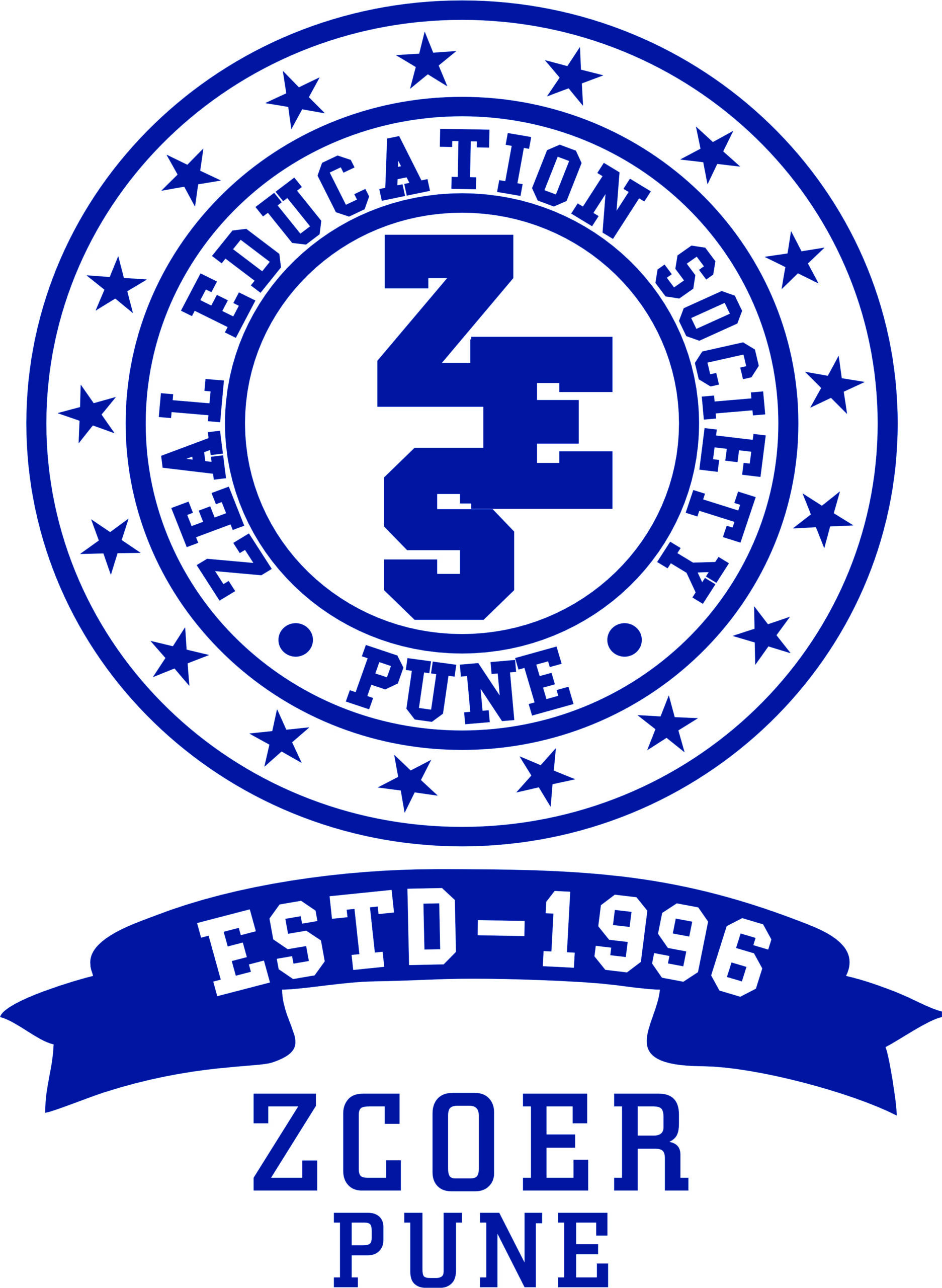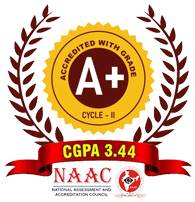Computer Engineering
- Computer Engineering
- About Department
- From HOD Desk
- Vision & Mission
- PEO & PSO, PO & CO
- Autonomy Constitution
- Faculty Profile
- Lab Facilities
- Innovations in Teaching – Learning
- Research & Publication
- Skill Development
- Faculty Achievement
- Students Achievement
- Student Association
- Placement and Internship
- Center of Excellence
- Life @ Computer
- Downloads
- Newsletters
Introduction
Smart classrooms represent an innovative approach to modern education, integrating technology with traditional teaching methodologies to enhance the learning experience. By leveraging digital tools, multimedia content, and interactive platforms, smart classrooms aim to create an engaging and efficient learning environment. This report explores the innovation brought by faculty in implementing smart classrooms as part of their teaching-learning strategies at Zeal College of Engineering and Research, Pune.
Statement of Clear Goals:
The primary goal of smart classrooms is to improve the quality of education by making learning more interactive, engaging, and accessible. The specific objectives include:
- Enhancing student engagement through multimedia and interactive content.
- Facilitating a blended learning approach that integrates online and offline education.
- Improving comprehension and retention of concepts through visual and auditory learning tools.
- Enabling real-time assessment and feedback mechanisms.
- Providing a more inclusive learning experience for students with diverse needs.
- Encouraging active participation and collaboration among students and faculty.
Use of Appropriate Methods :
Faculty innovation in smart classrooms includes several key components:
- Integration of Smart Boards and Digital Screens: Facilitating interactive teaching with dynamic content.
- Use of Learning Management Systems (LMS): Providing online resources, assignments, and quizzes.
- Incorporation of AI-Powered Tools: Enhancing personalized learning experiences through AI-driven recommendations.
- Hybrid Learning Models: Combining in-person and online education for flexibility.
- Real-Time Feedback Mechanisms: Using quizzes, polls, and analytics to monitor student progress.
- Gamification and Virtual Labs: Encouraging active learning through simulated environments.
Significance of Smart Classrooms:
Smart classrooms play a crucial role in modern education by:
- Bridging the gap between theoretical and practical knowledge through interactive simulations.
- Enabling remote learning and accessibility for students unable to attend physical classes.
- Encouraging self-paced learning and better comprehension through recorded lectures and digital notes.
- Supporting collaborative learning with discussion forums and group projects.
- Aligning with industry needs by incorporating modern digital tools in education.
Effectiveness of Smart Classrooms:
The implementation of smart classrooms has led to significant improvements in the teaching-learning process:
- Enhanced Student Engagement: Interactive tools and multimedia content capture student attention better.
- Higher Retention Rates: Concepts are better understood through visualization and interaction.
- Personalized Learning: AI-driven recommendations and adaptive learning paths cater to individual student needs.
- Efficient Assessment and Feedback: Digital quizzes and analytics provide immediate insights into student performance.
- Flexible Learning Options: Blended learning models accommodate diverse student needs and schedules.
Conclusion:
Smart classrooms represent a transformative step in modern education, fostering a more engaging and effective learning environment. Faculty innovation in teaching and learning through the adoption of smart classroom technologies at Zeal College of Engineering and Research, Pune, ensures that education remains dynamic, inclusive, and aligned with the evolving digital landscape.
Submit your review | |
1 2 3 4 5 | |
Submit Cancel | |




